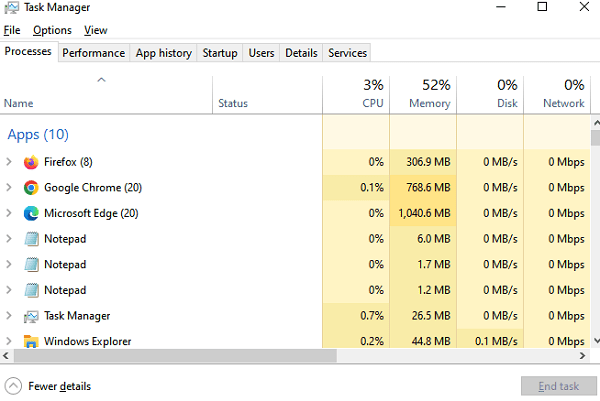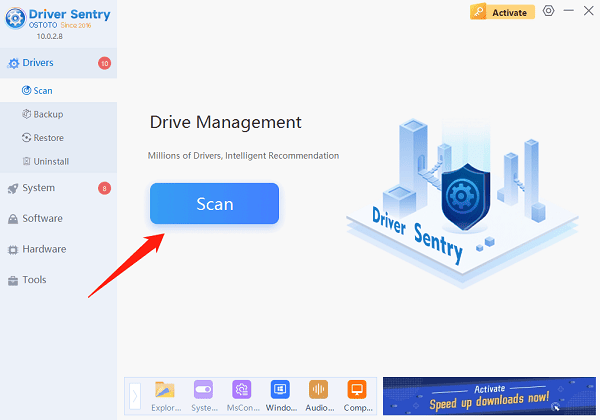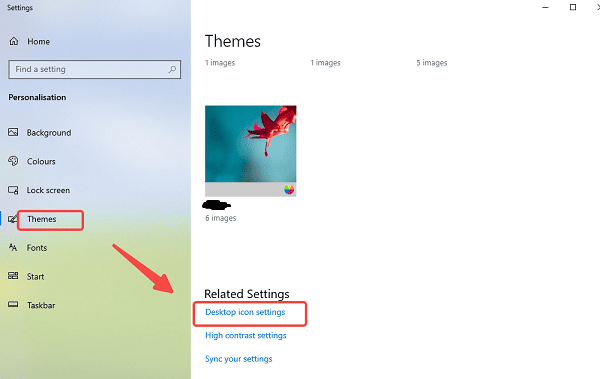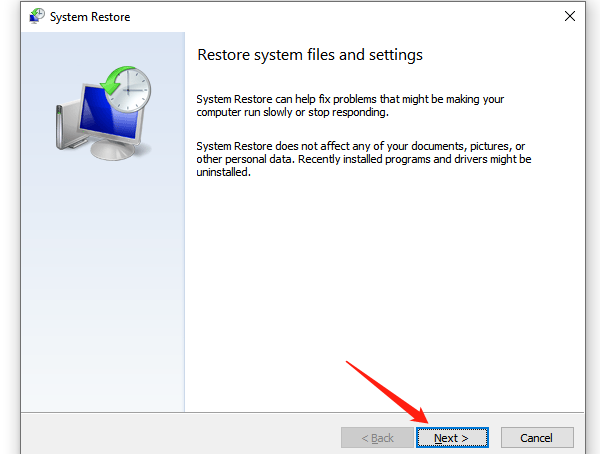
In the course of using Windows 10 on a daily basis, sometimes users may encounter the sudden disappearance of desktop icons, which may be confusing and inconvenient. Here are a few common solutions that can help you quickly restore your desktop icons.
1. Make Sure Desktop Icon Display is Turned On
Windows 10 provides the option to hide or show desktop icons. The most common reason for desktop icons not showing is that the option has been accidentally turned off. Follow the steps below to check and re-enable icon display:
Right-click on a blank space on the desktop.
In the pop-up menu, select "View".
Make sure that the "Show desktop icons" option is checked. If the option is unchecked, click on it to enable desktop icons.
2. Restart Windows Explorer
Windows Explorer is responsible for managing the desktop, taskbar and file system. Sometimes desktop icons cannot be displayed because Explorer may be malfunctioning. You can solve this problem by restarting Explorer:
Press Ctrl + Shift + Esc to open Task Manager.
In Task Manager, find "Windows Explorer", right-click on it, and then select "Restart".

3. Update Graphics Card Driver
Sometimes, graphics card driver problems can also cause desktop icons to display abnormally. A faulty graphics card driver may affect the desktop rendering, causing the desktop icons to disappear or not display properly.It is recommended to use Driver Sentry to automatically detect and update drivers, saving time and avoiding the risk of downloading or installing incorrect drivers.
Click the download button to get the latest version of Driver Sentry, install the software, and then click "Scan".

Once the scan is complete, it will show which drivers are missing or need updates. Find the graphics driver in the results list and click the "Upgrade" button.
After the update, it is recommended to restart your computer to ensure the updated drivers take effect.
4. Check if The Icons Are Arranged Correctly
Sometimes desktop icons may be hidden or out of the visible range due to the arrangement settings. You can try to adjust the icon arrangement to solve the problem:
Right-click on a blank space on your desktop and select "View".
Make sure that the "Automatically align icons" and "Align to grid" options are enabled.
5. Check if Desktop Files Have Been Deleted
If the desktop icons suddenly disappear, it is possible that the related files or shortcuts have been deleted accidentally. You can open the desktop folder and check if the files inside are still there:
Open File Explorer, then type 'C:\Users\your username\Desktop' in the address bar and press Enter.
Check the Desktop folder for missing files or shortcuts. If the files are indeed deleted, you can try to recover them from the Recycle Bin.
6. Restore Default Desktop Icons
If you find that some system default desktop icons (such as "This Computer", "User Files", etc.) have disappeared, you can restore them by following the steps below:
Right-click on a blank space on your desktop and select "Personalize".
Click "Theme" in the left menu, and then select "Desktop Icon Settings".

In the pop-up window, check the icons you want to show on your desktop, such as "This computer", "Recycle Bin", etc.
After clicking "Apply" and "OK", the default desktop icons will be restored to the desktop.
7. Use System Restore or Reset
If none of the above methods solves the problem, the disappearance of desktop icons may be related to system settings or configuration. In this case, you can try to use System Restore to restore the system to a state before the desktop icon disappeared.
In Windows, this can be done by going to "System and Security" > "System" > "Advanced System Settings" > "System Protection" > "System Restore".

The above is the solution for windows 10 not displaying desktop icons, hope it is helpful to you.
See also:
Fix a Crashed Windows Computer
8 Methods to Fix Windows 10 Taskbar Not Working